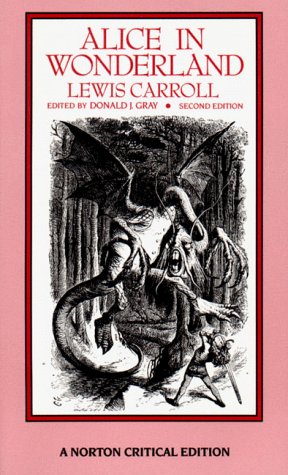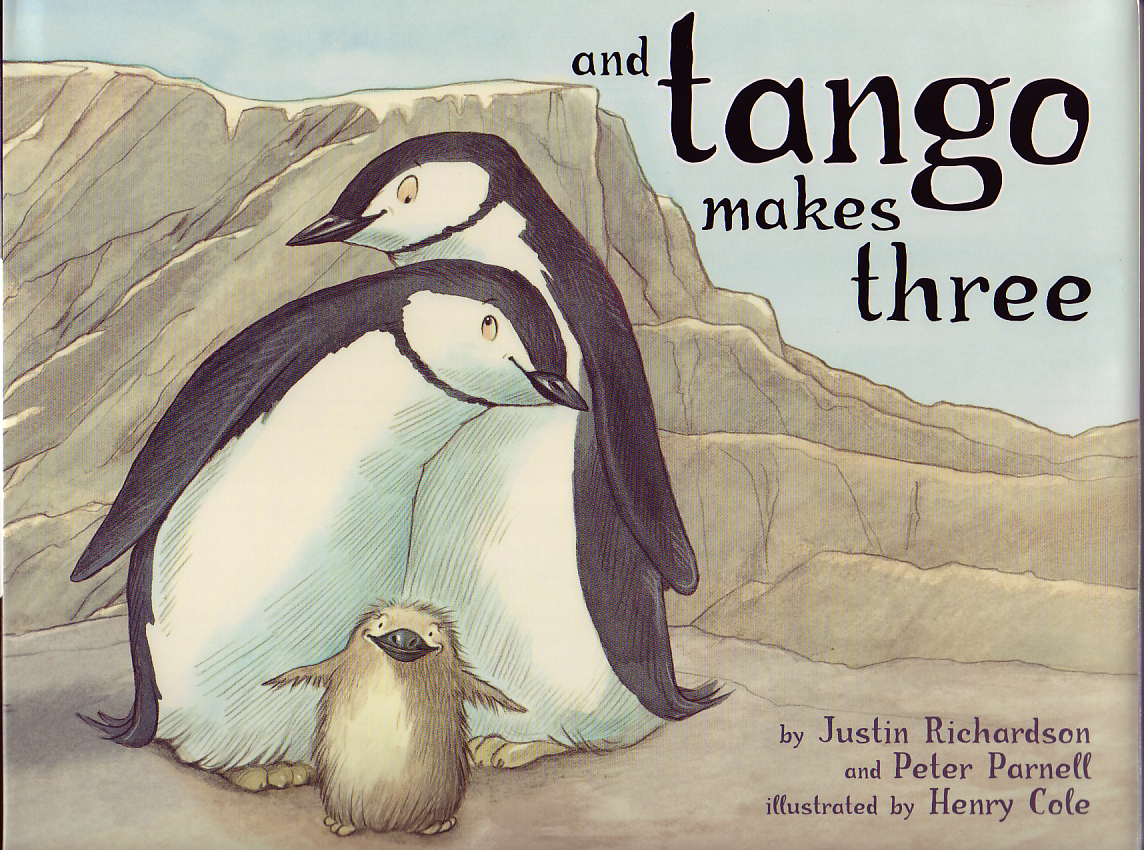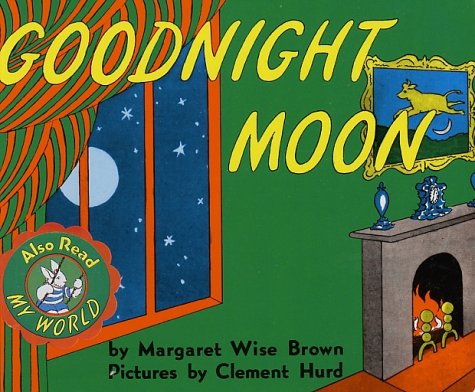 Yes, it might have made more sense to post this query prior to the new semester, rather than just after the term has begun. But my tendency to work close to deadlines means that the syllabus is never finished until just before the term starts. In any case, I’ll be teaching Literature for Children again, and – as always – would like to make the course better.
Yes, it might have made more sense to post this query prior to the new semester, rather than just after the term has begun. But my tendency to work close to deadlines means that the syllabus is never finished until just before the term starts. In any case, I’ll be teaching Literature for Children again, and – as always – would like to make the course better.
I’ve taught the class over two dozen times in the last decade, and have revised the syllabus along the way – omitting some texts, adding others.  Last spring, I revamped the paper assignments. I now gear them towards (a) getting students to think beyond their likes and dislikes, and (b) keeping up with the field, finding new books. For the first assignment, they write about a childhood favorite: what attracted them to the book then, and how is their response to the book now similar and different to what it was then? For the second, they look at the same book, answering instead how the book works. What genre is the book? Is it a successful example of the genre?   For the third, they need to find a new book (published in the last ten years) of a different type – different genre, and different intended audience.  And it cannot be a book from the syllabus.  Then they need to answer the same questions posed for the second paper. I really like this assignment because it pushes students towards appreciating the value of books that may not be to their individual tastes.
For the third, they need to find a new book (published in the last ten years) of a different type – different genre, and different intended audience.  And it cannot be a book from the syllabus.  Then they need to answer the same questions posed for the second paper. I really like this assignment because it pushes students towards appreciating the value of books that may not be to their individual tastes.
But I invoke the popular MTV program (2004-2007) in my blog post’s title because I’d like to shake up the syllabus a bit. What I have works, but it could work better. I’d like to improve in three areas, the first of which is “diversity” in two senses of the term: first as an identity category, and second as a genre category. Ideally, I’d find works that expand diversity in both ways. It’s very important to me that anything on the syllabus be a good representative of any category: nothing can be included solely as a “diversity” candidate. The third area I’d like to improve is newness. I always bring in books (some old, some new) not on the syllabus: for example, this past Wednesday, when I taught The Giving Tree (chosen because it can be read many ways, and because it’s a book that provokes discussion), I also brought in the recent parody, The Taking Tree.  When I teach In the Night Kitchen, I always show them some Little Nemo in Slumberland strips. Etc. But I’d like to give some of the newbies a more permanent place.   I’ll of course retain some historical focus, and certain classic texts will remain: fairy tales, Maurice Sendak, Lewis Carroll, Dr. Seuss, Margaret Wise Brown, Langston Hughes (I’ve not listed specific titles of poems on the syllabus, but some of his are in the class pack). But, as I say, I want to add more recent books.
I’ll of course retain some historical focus, and certain classic texts will remain: fairy tales, Maurice Sendak, Lewis Carroll, Dr. Seuss, Margaret Wise Brown, Langston Hughes (I’ve not listed specific titles of poems on the syllabus, but some of his are in the class pack). But, as I say, I want to add more recent books.
So, children’s-literature-readers, with the above objectives in mind, which texts should go? And which texts should be added? (The age cut-off, by the way, is adolescence – at Kansas State University, Literature for Adolescents is a separate course.) Clicking on this sentence will take you to my current Literature for Children syllabus – click on the link or scroll down to the Schedule of Assignments. Thanks in advance for any thoughts you might have.

Marc Snyder
Libby
Philip Nel
Libby
Philip Nel
Cecilia
Jessica @Vegbooks
Pingback: Fusenews: I’m lovin’ it « A Fuse #8 Production
Susan
Philip Nel